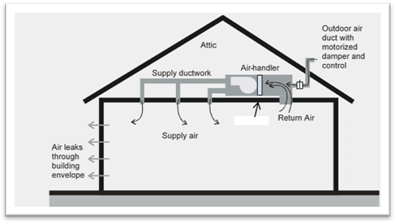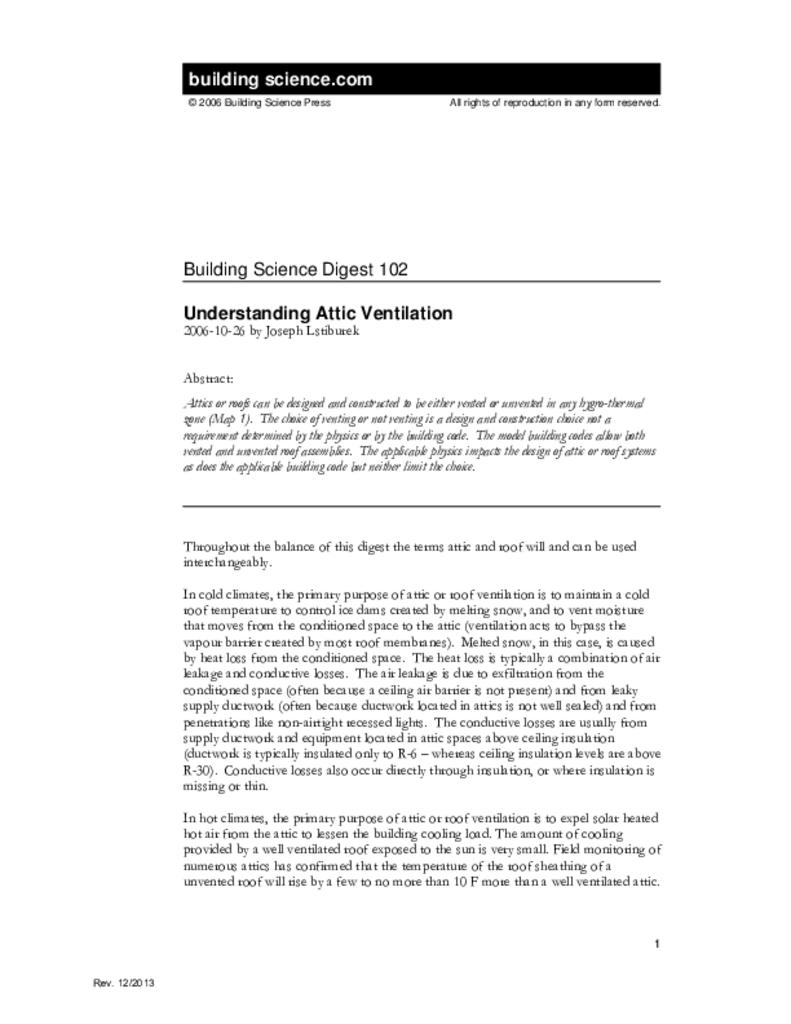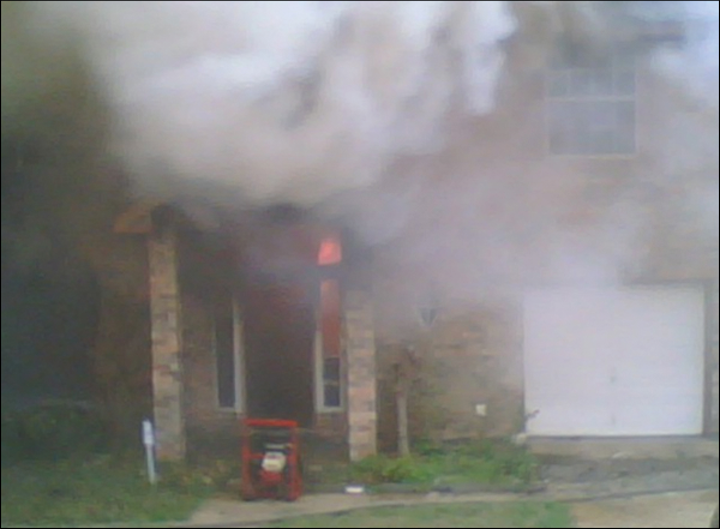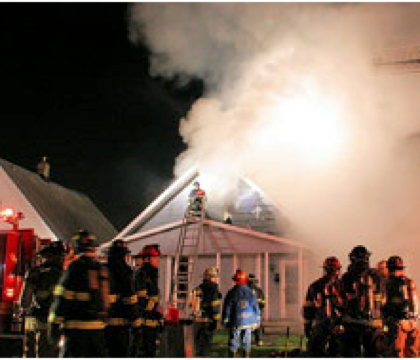The objective of this research is to improve firefighter safety by enabling a better understanding of structural ventilation techniques including positive pressure ventilation ppv and natural ventilation and to provide a technical basis for improved training in the effects of ventilation on fire behavior by examining structural fire ventilation using full.
Ppv ventilation attic fires.
Positive pressure ventilation ppv is a valuable fireground tactic but it s also easily misunderstood.
Positive pressure ventilation ppv has many benefits to fire operations.
In utilizing ppv we must be 100 coordinated between the attack crew and vent crew 100 of the time.
A coordinated attack with ppv and well established ventilation can lead to a rapid removal of heat from the structure less time locating the seat of the fire and a far greater likelihood of victim survival elsewhere in the structure.
Ppv causes an improving atmosphere thus improving patient survivability profiles.
Ppv rapidly removes heat and smoke from the building thus reducing the fires ability to propagate and advance.
As the fire service awaits new ppv research homer robertson reviews ppv basics.
His interest in positive pressure ventilation and positive pressure attack began in 1989.
As operations continue you might consider using positive pressure ventilation ppv if vent openings are already in place in the attic.
So how does ppv work as a tactic in the initial stage of attack.
3 main ppv tactics exist according to fire situations.
There are no nevers.
The end result of an uncoordinated use of ppv could be fatal and has been proven to be dangerous.
We must first have a very good idea where the fire is located.
For it to work there must be an opening.
This is the fire service.
Reinhard kauffmann is a battalion chief for the salt lake city ut fire department where he has served.







































